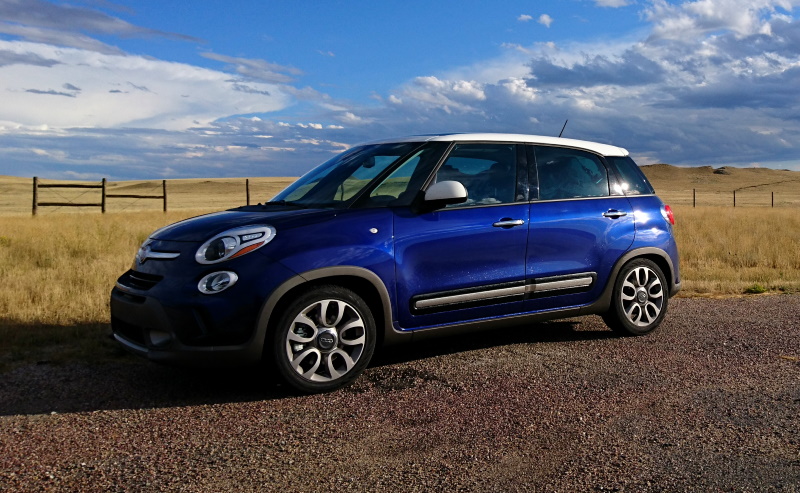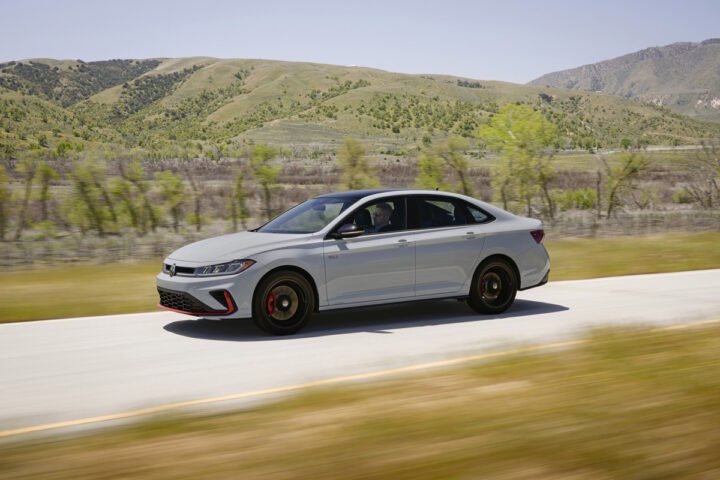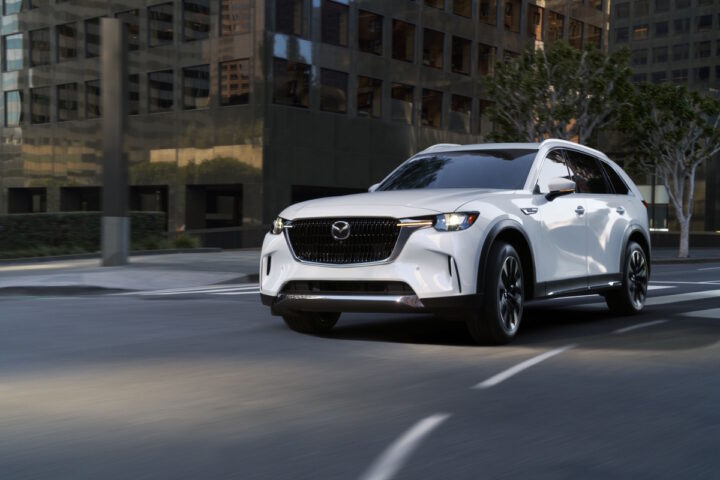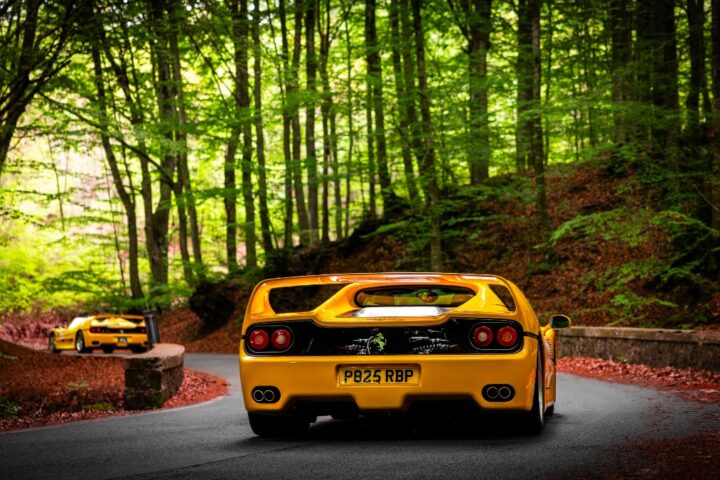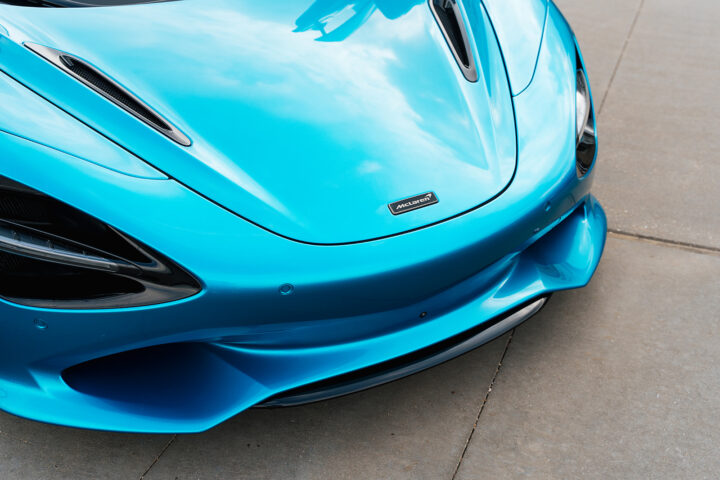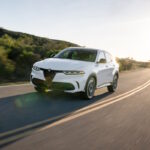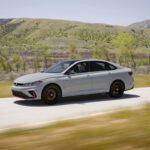by Anthony Fongaro
The automotive industry knows how to evolve. Various manufacturers that once made vehicles with unattractive styling, woefully underpowered engines, shoddy build quality, and other negative attributes have changed their ways. One example of this is the Korean companies Genesis, Hyundai, and Kia. No longer can Hyundai and Kia be looked at as the value choice while lacking in almost every category. Genesis is now the luxury arm of Hyundai with great vehicles like the G90 and Hyundai has the tech-filled Sonata. Other manufacturers have followed suit.
Some of these manufacturers took a look at their cheapest models. The Nissan Versa was as bottom-of-the-barrel as you could get. Yes, it was one of the cheapest vehicles on sale, but it earned that title for good reason. Underpowered, bland, and lacking in almost every segment, the Versa was only good for fuel economy and cheap transportation. Now, the Versa has advanced safety technology and a new design both inside and out. Even Jeep, which had the unfortunately badged Compass, came out with a major redesign. Is the new Compass a good SUV? Sure. Is it a great SUV. Not really, but the changes are so substantial that it may be worth considering.
With all of the changes, does that mean there aren’t care that can’t be recommended? Absolutely! What we are going to look at are a few cars that you can still buy new for MY2020. Here are some of my reasons behind this: terrible designs both exterior and interior, prices beyond what they should be, and old or stale technology. After that, we are going to look at some vehicles that may not be the worst-of-the-worst, but I still would look elsewhere if you’re looking for a new vehicle.
 |
| Photo via Dodge |
Vehicles have something called a lifecycle where it’ll exist until a brand new vehicle is brought out. Along with lifecycles, manufacturers will refresh their vehicles with new technology, options, and engines. Dodge has a plethora of vehicles in their lineup and one of these is the Journey. They also made some changes to the Journey, but somehow they went backward. Want all-wheel-drive? You can’t get that anymore. How about a V6? Sorry. The Journey can only be bought with a 2.4-liter inline-four producing a pathetic 173-horsepower and lb-ft. While those numbers are bad, the biggest offender is the transmission. Four. That’s how many gears the Journey now has. Dodge got rid of the six-speed automatic and left the four-speed. That’s asinine! And slow.
Continuing on this unfortunate car is its handling. It may be comfortable but you’re going to lean in the corners. Making changes to a car that’s a couple of years old makes sense. How about a vehicle that came out in…2009. The Journey is older than some dogs and can still be bought new. Since it’s so old, it may no surprise that is pretty much no advanced safety features. It doesn’t have a lane-keep assist system, adaptive cruise control automatic braking, or automatic braking. This is one SUV that should have been updated more than four years ago. If you’re going to take a journey to a Dodge dealership, walk past the Journey and don’t look back.
If you couldn’t tell by my name, I’m Italian. Up until 2011, the only Italian cars you could buy were from Ferrari, Lamborghini, and Maserati. Those aren’t exactly direct competitors for mainstream vehicles. When Fiat came back to the United States, I was genuinely excited. They were bringing over a car that had won awards in Europe and a car that Top Gear forgot about in an episode: the 500. This stylish subcompact car had flaws, but it was so cute and nostalgic I looked past those and lusted over the performance Abarth version. The owners of Fiat, FCA, knew that they needed to spruce-up their line so they decided to bring a second car! The tall wagon 500L. I have one question for them: how did you mess this up so bad!?
Positives for the 500L are few and far between. It is spacious, has great visibility, and the interior is decent. Unfortunately, the negatives far out way the positives. First, the engine. It’s a 1.4-liter turbocharged inline-four good for 160-horsepower and 184 lb-ft. Mated to a six-speed automatic, the front-wheel-drive only 500L walks to 60mph in 8.0 seconds. Decent acceleration doesn’t outway how rolly-polly the 500L. A combination of the tall body and set up more for towns than curves means it hates corners. The 500L also suffers from a lack of safety features. It doesn’t have the option of adaptive cruise control, automatic braking, or lane-keep assist. The ultimate complaint of the 500L is simple: it’s ugly. That’s it. It absolutely doesn’t look or feel like the 500 and it should have never been made.
 |
| Photo by Manfred Hänisch |
Recycling is good. Do it. Automakers recycle vehicles all the time, but some are smart enough to at least change components so the vehicle remains fresh. Not Ford. Instead of changing most of the components in the woeful EcoSport (pronounced echo-sport). Originally, the EcoSport was built for the South American and Indian markets since 2012 and hasn’t changed much. The name is quite ironic since it isn’t economical nor is it sporty. For one, that large body along with the lethargic engines means it’s somehow slow, bad around corners, and has bad fuel economy. A base 1.0-liter turbocharged inline-four and optional 2.0-liter inline-four powers the EcoSport and gives 0-60mph times of around 9.0-8.0 seconds. If you absolutely need an EcoSport, stick to the city.
Not that you should get this. The 166-horsepower 2.0 will give you 29 MPG highway and 23 mpg city. That’s way lower than competitors. My three complaints are these: it’s extremely cheap yet expensive, outdated, and a blatant lie. Want to know what this can come up to with bells and whistles such as the Limited or SES trim levels, all-wheel-drive, and navigation. Between $28,000-$30,000! Once again, Ford is overpricing their vehicles. Tailgates are best when they rise up but Ford decided to keep the swinging tailgate. Great for garages; terrible for almost every other situation. The design is from 2012 and it’s just too small, even for a city SUV. Finally, the name. EcoSport. I know you can’t name your small SUV the BlandOldman, but it’s more accurate than the EcoSport name. Avoid.
 |
| Photo via Mitsubishi |
What can be said about Mitsubishi that hasn’t already been said? They once had rally-bred cars such as the Lancer Evolution, the fun Eclipse, and the interesting Gallant. Where are they now? Gone. In their places are three SUVs…and a subcompact sedan and hatchback. Normally, I jump for joy when a manufacturer brings out a hatchback. They have more space than a sedan and some look better than their sedan counterpart. Mitsubishi revived the Mirage name as a hatchback, created the Mitsubishi G4 sedan, and brought it out for under $15,000. Great! That is, until you take a look at it, drive it, and realize that literally, every car around its price range is just better.
The Brits call some subcompact cars “cheap and cheerful.” This means that although the car is inexpensive, it may drive well or have good tech. The Mirage is the complete opposite of cheerful. Starting with the 1.2-liter three-cylinder engineer, the Mirage puts out 78-horsepower and 74 lb-ft. Along with a CVT, the Mirage reluctantly hits 60 MPH in 11 seconds. Ladies and gentlemen, that’s slow. It’s one of the slowest cars you can buy for new. If it was only the engine, it would be more of an honorable mention. No, basically everything is wrong with the Mirage. Woeful interior? Check. Lack of safety features? Of course. Sadly, there’s only redeeming feature. That pathetic engine does return 36 mpg city and 43 mpg highway which is one of the highest fuel-economy numbers for a non-hybrid. This car is one of the cheapest cars you can buy. Should you buy it? No. Please don’t.
I don’t like saying that a vehicle is so bad you shouldn’t even consider it. Manufacturers have come a long way and it’s a shame that you can still buy a new Dodge Journey, Fiat 500L, Ford EcoSport, and Mitsubishi Mirage. They’re truly awful or just old. Yes, there are vehicles you should avoid. Thankfully, there’s so much competition that these can be ignored. FCA which has Dodge and Fiat, Ford, and Mitsubishi all make some good cars. If they got rid of these or focused more on them, they wouldn’t this bad. They are, and they deserve the Hard Pass.

